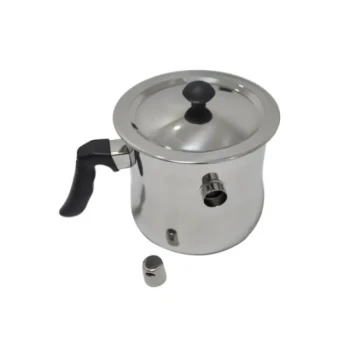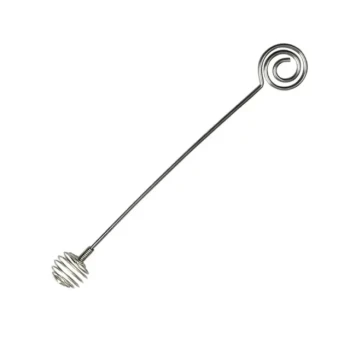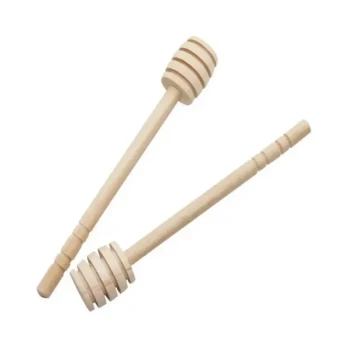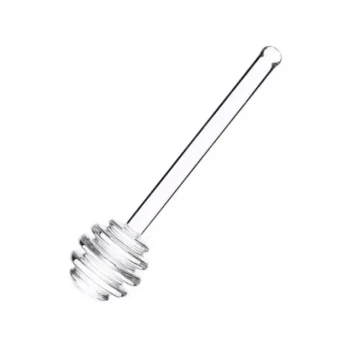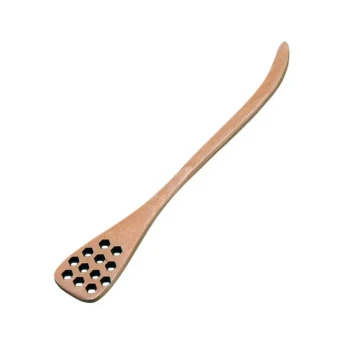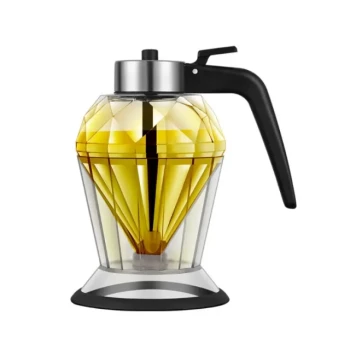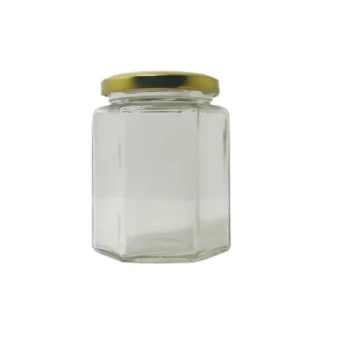In short, you must gently heat the frames to re-liquefy the honey before you can extract it. The most common methods are either warming the intact frames in a heated cabinet or cutting the comb out, melting the honey and comb together in a container, and then straining out the wax.
The core challenge with crystallized honey isn't removing it, but rather returning it to a liquid state without damaging the honey's quality or the delicate beeswax comb. Success depends entirely on applying slow, controlled, and gentle heat.
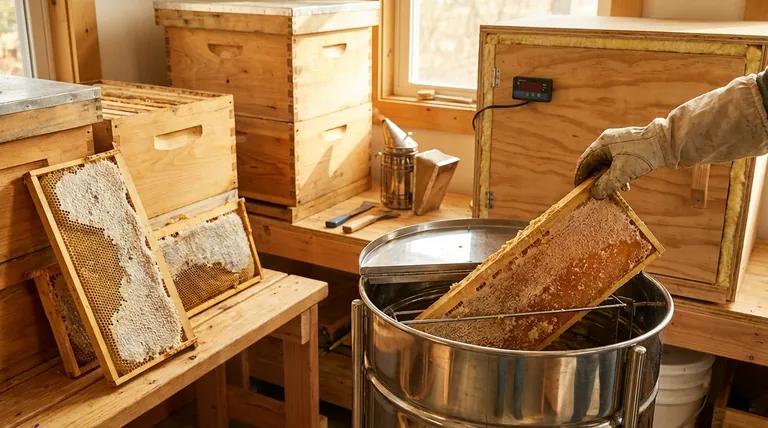
The Root of the Problem: Why Honey Crystallizes
Before solving the problem, it's crucial to understand why it happens. Crystallization is a natural process, not a sign of spoilage.
The Science of Crystallization
Honey is a super-saturated solution of two main sugars: glucose and fructose. Glucose has a lower solubility than fructose, meaning it tends to solidify out of the solution more easily.
This process is accelerated by cooler temperatures (around 50-59°F or 10-15°C) and the presence of small particles like pollen, which act as starting points for crystals to form.
Is Crystallized Honey Bad?
Absolutely not. It is a hallmark of raw, natural honey. In fact, honey that never crystallizes has often been highly filtered to remove all pollen or has been pasteurized at high temperatures, which can degrade its beneficial enzymes.
Method 1: Warming the Frames to Preserve the Comb
This is the preferred method for any beekeeper who values their drawn comb. The energy bees expend to draw out a single frame of wax is equivalent to the energy needed to produce several frames of honey.
The Principle: Slow and Gentle Heat
The melting point of beeswax is approximately 145°F (63°C). The goal is to warm the honey well below this point. Overheating honey also degrades its quality by increasing HMF (hydroxymethylfurfural) levels.
Your target temperature for re-liquefying honey inside the comb should be between 100-110°F (38-43°C).
Creating a Warming Cabinet
You can easily construct a "hot box" for this purpose. An old, non-working chest freezer or an insulated wooden box works perfectly.
Place a low-wattage heat source, like a 60-watt incandescent bulb or a small heating mat, inside. Critically, you must use a thermostat to regulate the temperature precisely and a small fan to circulate the air for even heating.
The Process
Place your crystallized frames inside the cabinet, ensuring they have space for air to circulate. Set your thermostat to your target temperature.
This is not a fast process. It can take 24 to 48 hours, or even longer, for the frames to fully liquefy. Once liquid, you can uncap and extract them as you normally would.
Method 2: The "Crush and Strain" Method
This method sacrifices the comb but is faster and requires less specialized equipment. It is a good option for old, dark, or damaged frames you planned to cycle out anyway.
The Process
Use a hive tool to scrape or cut the entire comb—honey, wax, and all—from the frame into a food-grade bucket.
Place the bucket in a water bath or a larger warming tank set to around 120°F (49°C). This slightly higher temperature is acceptable because you will be melting the wax completely.
Once the entire mixture is liquid, pour it through a sieve or strainer to separate the liquid honey from the melted wax.
Understanding the Trade-offs
Neither method is perfect; each involves a clear choice between preserving resources and saving time.
Preserving Comb vs. Speed and Simplicity
The warming cabinet method is slow and requires some initial setup, but it saves your valuable drawn comb. This gives your bees a massive head start in the next season.
The crush and strain method is faster and simpler but destroys the comb. You gain speed at the cost of a critical hive resource.
Risk of Damaging the Honey
In both methods, uncontrolled heat is your enemy. Using a "hot gun" or placing frames in a hot car can easily melt the comb and overheat the honey, rendering it lower quality. Always use a thermostat for precise control.
Making the Right Choice for Your Goal
Your decision should be guided by your priorities as a beekeeper.
- If your primary focus is preserving your equipment and long-term hive productivity: Use the warming cabinet method to save your drawn comb.
- If your primary focus is processing honey quickly from old or damaged frames: The crush and strain method is a practical and efficient choice.
- If your honey is only partially crystallized: You can often get away with the warming cabinet method for just 12-24 hours before extracting.
By applying controlled heat thoughtfully, you can effectively manage crystallization and ensure every drop of your hard-earned honey remains a high-quality product.
Summary Table:
| Method | Goal | Key Temperature | Time Required | Best For |
|---|---|---|---|---|
| Warming Cabinet | Preserve drawn comb | 100-110°F (38-43°C) | 24-48+ hours | Long-term hive productivity, valuable frames |
| Crush & Strain | Process honey quickly | ~120°F (49°C) | A few hours | Old, dark, or damaged frames, speed |
Efficiently Manage Your Honey Harvest with the Right Equipment
Crystallized honey doesn't have to mean lost profits or damaged comb. The right tools make all the difference. At HONESTBEE, we supply commercial apiaries and distributors with durable, high-performance beekeeping supplies designed for efficiency and honey quality preservation.
We help you:
- Save Time & Labor: Our equipment streamlines extraction, even with crystallized honey.
- Protect Your Investment: Gentle heating solutions help preserve your valuable drawn comb.
- Maintain Premium Quality: Process your honey correctly to meet the highest market standards.
Ready to upgrade your operation? Let's discuss the best supplies for your needs.
Contact HONESTBEE today for wholesale pricing on reliable beekeeping equipment.
Visual Guide
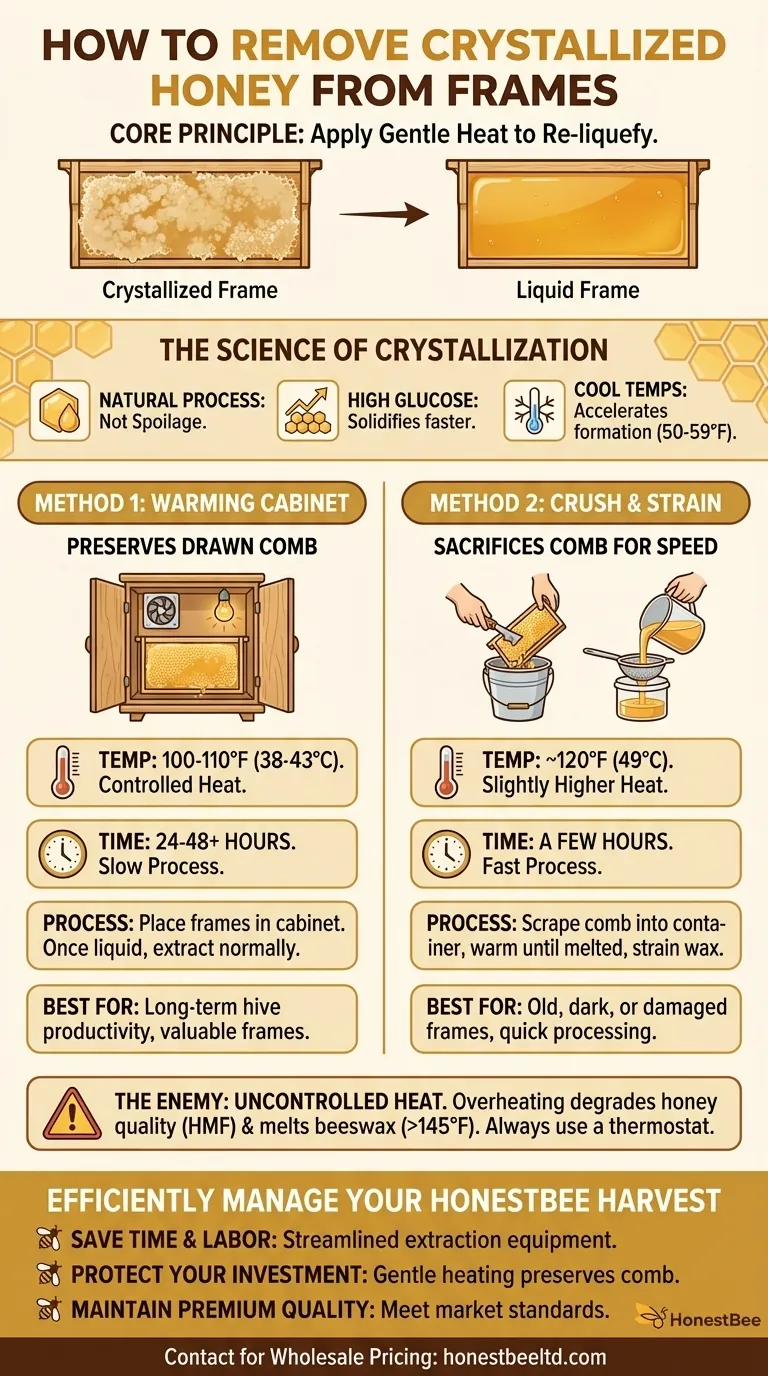
Related Products
- Economy Honey Homogenizer Mixer and Melting Machine for Beekeeping
- Beeswax Melter for Candle Making Honey Bee Wax Melter
- 10L Stainless Steel Electric Honey Press Machine
- 8-Frame Electric Self-Reversing Honey Extractor Spinner for Commercial Honey Extraction Equipment
- Stainless Steel Manual Honey Press with Guard for Pressing Honey and Wax
People Also Ask
- Which floral sources are more prone to causing honey to crystallize quickly? Discover the Science Behind Fast-Setting Honey
- What is the design of the propeller in the honey mixer? A Guide to Gentle, Hygienic Mixing
- How should production capacity and efficiency be evaluated in a honey processing plant? Optimize Your Honey Supply Chain
- What are the unique characteristics of honey presses? Maximize Honey Yield for Small-Scale Beekeeping
- What is the conventional thermal processing method for honey? A Guide to Commercial Honey Production

